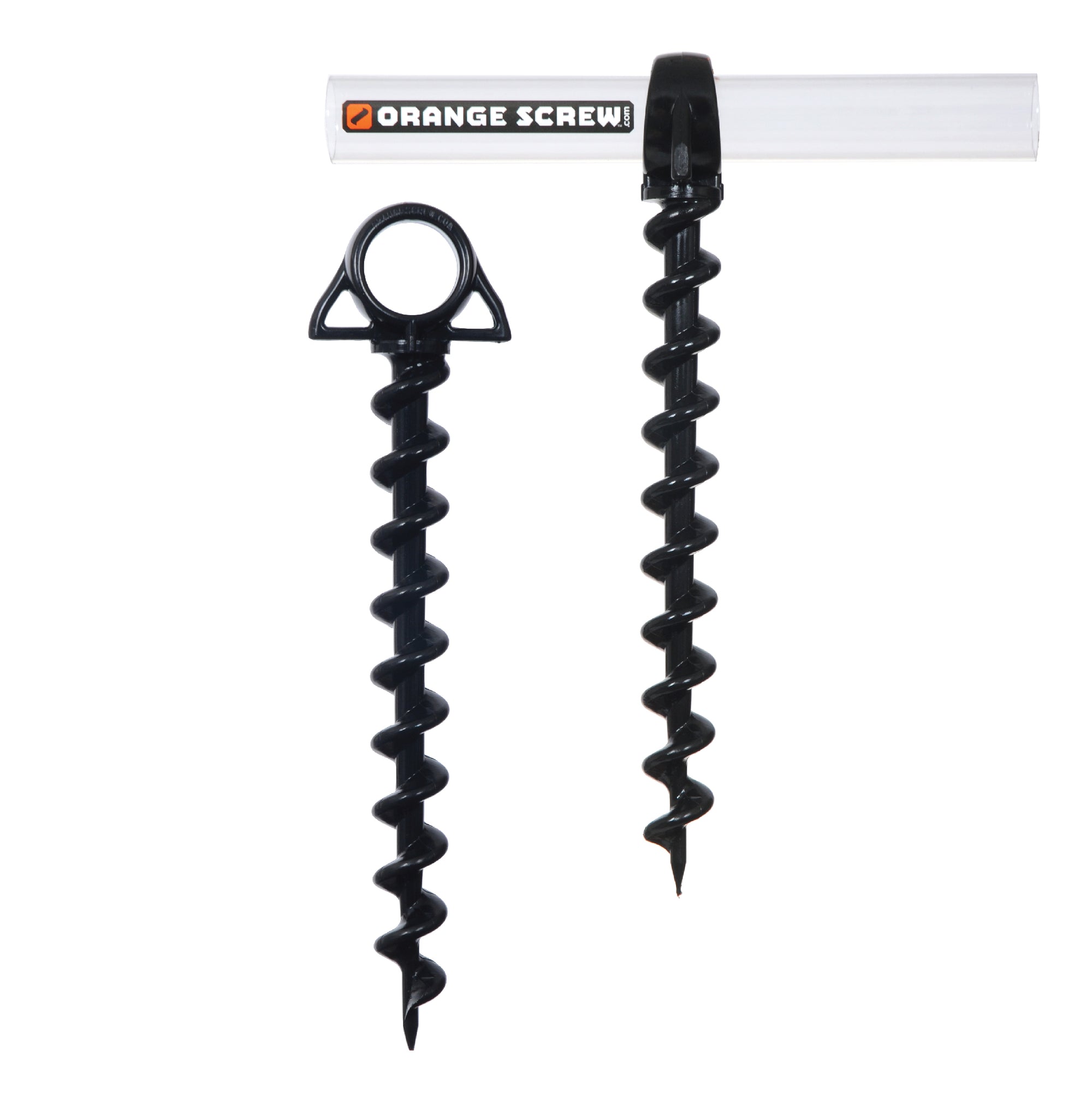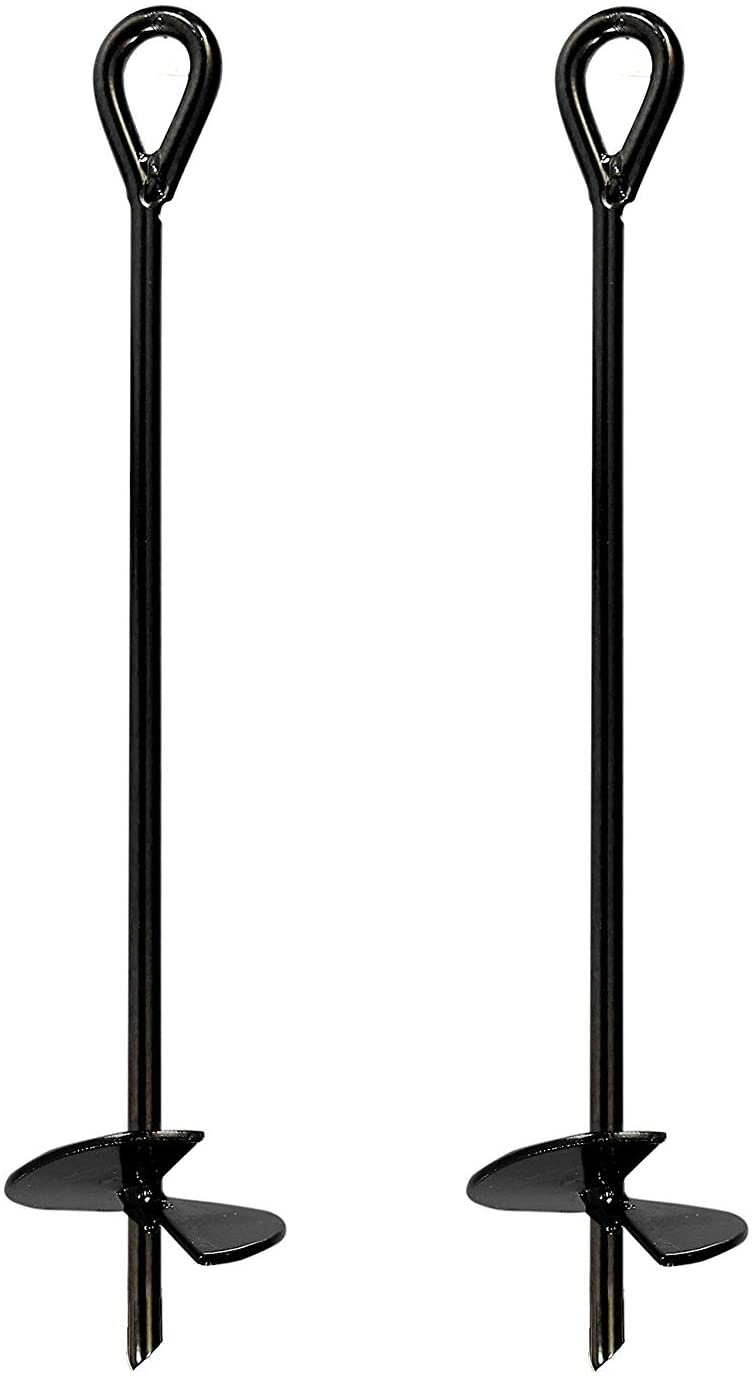Common Mistakes When Using a Ground Anchor for Your Property
Common Mistakes When Using a Ground Anchor for Your Property
Blog Article
Explore the Different Sorts Of Ground Support for Your Following Job
From auger supports, which excel in diverse soil problems, to stake anchors made for short-lived installations, the alternatives are numerous. In addition, concrete and screw anchors existing distinct advantages in particular situations, while deadman anchors are customized for applications requiring resistance to lateral forces.

Auger Anchors
Auger supports are a preferred choice in numerous construction and landscape design projects because of their unique layout and reliable securing capabilities. These supports include a helical screw-like shaft that is driven into the ground, permitting for a safe and stable hold. The spiral design facilitates easy installment and makes best use of resistance against lateral forces, making auger supports specifically effective in applications such as secure fencing, short-lived frameworks, and erosion control.
The installation process of auger anchors is relatively simple. They can be manually or mechanically mounted, depending on the size and called for depth. This flexibility permits for their use in diverse soil problems, from sandy to clayey terrains. Auger supports can be conveniently eliminated and reused, which adds to their cost-effectiveness and sustainability.
Among the significant advantages of auger anchors is their capability to disperse tons equally throughout the surrounding dirt, reducing the threat of dirt disruption and lessening ecological impact. Furthermore, they are much less prone to loosening up or heaving with time compared to standard securing approaches. Subsequently, auger anchors are an excellent choice for tasks requiring trusted and sturdy anchoring solutions.

Stake Anchors
When it involves safeguarding structures in a range of outside applications, risk anchors supply a reliable and simple service. These anchors are commonly constructed from durable products such as steel or light weight aluminum, developed to endure environmental tensions while offering optimal security. Their simple design enables quick installation, making them a suitable selection for momentary or permanent anchoring demands.
Risk anchors are especially beneficial in securing tents, canopies, and other lightweight structures versus wind and climate. They operate by being driven into the ground at an angle, creating a solid hold that withstands pull-out forces - Ground Anchor. The efficiency of stake supports relies on numerous variables, including dirt kind, dampness content, and the angle of installation
For included protection, lots of stake anchors come with add-on points for bands or ropes, permitting stress changes as required. In applications such as landscape design or construction, they can effectively maintain tools or frameworks on irregular surface. Generally, risk supports give a functional and cost-effective solution for securing numerous outside installments, making them a recommended option for contractors and do it yourself fanatics alike.
Concrete Anchors
Concrete supports supply a durable option for securing frameworks to concrete surface areas, making sure security and security in numerous applications. These supports are essential for jobs ranging from residential buildings to massive commercial installations. They can be found in various kinds, including expansion supports, sticky anchors, and undercut anchors, each made for certain load demands and environmental conditions.
Adhesive supports utilize high-strength epoxy or resin to bond the anchor to the concrete, offering remarkable load-bearing capabilities, especially in split concrete scenarios. Undercut supports create a special shape within the concrete, offering extraordinary holding power, particularly in applications where tensile lots are prevalent.
When carried out correctly, concrete supports dramatically enhance the architectural integrity of numerous projects, making them vital in contemporary building and construction techniques. Understanding the details needs of your task will aid in choosing the right type of concrete support for the job.
Screw Anchors

Screw supports are a functional fastening remedy that can be properly used in a selection of applications where conventional concrete supports might not suffice. These supports contain a helical style that allows them to be easily driven right into the ground, making them perfect for usage in dirt and other substrates. Their special framework provides exceptional holding power and resistance to pull-out pressures, making them ideal for countless projects, from landscape design to structural assistance.
One of the key benefits of screw anchors is their simplicity of installation. explanation They call for very little equipment and can frequently be mounted without the requirement for excavation, which conserves both time and labor expenses. Additionally, screw supports can be removed and recycled, providing a lasting solution read for short-term applications.
Screw supports are especially useful in areas where soil problems are testing, such as sandy or loosened soils. Their capability to be installed at varying depths enables for modification based on particular job requirements. Overall, screw supports provide a efficient and trustworthy securing approach, making them an exceptional option for engineers and specialists looking for effective options for their jobs.
Deadman Anchors
Deadman supports serve as a durable solution for supporting structures in difficult problems, specifically where traditional securing methods might drop brief. These anchors include huge, hefty things hidden underground, which develop resistance versus lateral pressures. The design usually entails a horizontal element, such as a block of concrete or a steel plate, hidden in the soil, to which straps or cords are affixed.
The performance of deadman supports hinges on their ability to distribute lots over a bigger location, minimizing the threat of failing in unsteady dirt conditions. They are particularly beneficial in applications such as preserving wall surfaces, temporary frameworks, and slope stablizing, where soil motion can jeopardize the stability of the framework.
Setup of deadman supports needs careful planning to ensure they are placed at the proper deepness and positioning, optimizing their load-bearing ability. While they might require more labor and material than light-weight supports, their reliability in damaging problems makes them indispensable for long-lasting tasks. Additionally, deadman anchors are versatile and can you could look here be adapted to different applications, making them a best choice for engineers encountering distinct challenges in their jobs.
Conclusion
Auger supports excel in diverse soil conditions, while risk anchors fit short-term applications. For concrete surfaces, expansion and sticky anchors offer reputable choices, and screw supports provide versatility in tough terrains.
In addition, concrete and screw anchors existing special advantages in details situations, while deadman supports are customized for applications requiring resistance to side forces - Ground Anchor.Auger supports are a preferred selection in different construction and landscaping jobs due to their special design and reliable securing abilities. They come in different kinds, consisting of development anchors, adhesive supports, and undercut supports, each designed for specific load needs and ecological problems
Adhesive supports make use of high-strength epoxy or material to bond the anchor to the concrete, providing remarkable load-bearing abilities, specifically in split concrete scenarios. In general, screw supports provide a reliable and dependable securing method, making them an excellent option for designers and professionals looking for efficient remedies for their jobs.
Report this page